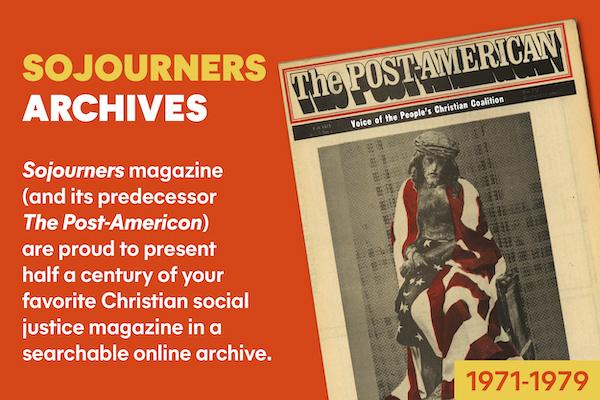One of the church’s greatest difficulties has to do with the nature of ministry and leadership. How that question is resolved will have great bearing upon the shape of the institutional church in the future.
If the New Testament offers no single coherent model for the institutional structures of the church, what organizational directions, however incomplete, does it present? As I see it, the New Testament contains two different and fairly clear descriptions of the church, and the rudiments of a third. Each of these derives, in the manner discussed last month, from a secular model of social interaction.
I would call Jesus Christ and his disciples the first church, for though it seems at first a confraternity of disciples and master, living together in a community, those disciples share fully in their master’s life and ministry. In a sense that was the first church. Its organization was extremely simple: the master and his disciples. We see a little of the interworking of the community: the unique relationship between Peter and Jesus, between Peter and the group, between John and Jesus, so we know that relationships within the group were not all identical. We see different functions, such as looking after the purse, but we have very little evidence of how that community functioned and operated.
Read the Full Article

